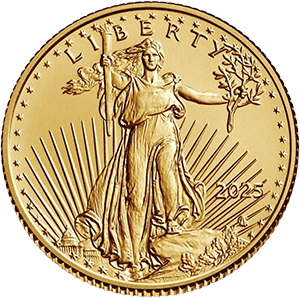In a surprising turn of events late last Friday afternoon, Republic First Bank, also known as Republic Bank of Philadelphia, found itself at the center of a financial storm as it was closed by the Pennsylvania Department of Banks and Securities (PDBS). The closure prompted the Federal Deposit Insurance Corporation (FDIC) to step in as the receiver, in a bid to protect depositors' interests. However, what followed was a move that could potentially reshape the regional banking landscape—a merger with Fulton Bank, National Association, based in Lancaster, Pennsylvania.
This development marks the first bank failure or merger of 2024, raising concerns about the stability of regional banks across the nation. Treasury Secretary Janet Yellen had already hinted at such occurrences a year ago, following a weekend that saw the collapse of three banks. The question now looms: how many more regional banks are grappling with similar vulnerabilities?
The aftermath of the 2008 banking crisis led Congress to task the Federal Reserve with stress testing banks to ensure their resilience during emergencies. The criteria for the 2024 stress tests have been unveiled, with results expected in June. Encouragingly, all institutions tested in 2023 passed with flying colors. However, the recent news of Republic First Bank's failure underscores the importance of continuous vigilance.

Interestingly, the Federal Reserve itself has not been immune to financial turbulence, reporting a historic loss of $114 billion for fiscal year 2023. This unprecedented loss, the first in the Fed's 110-year history, raises eyebrows and underscores the need for a thorough reassessment of the financial landscape.
Meanwhile, as central banks worldwide embark on a path of de-dollarization, diversifying their foreign reserve funds by acquiring gold and reducing reliance on the US dollar for international trade, individuals may find solace in adopting a similar strategy. After all, history has shown that gold and silver have been reliable stores of value during times of economic uncertainty.
But why are gold and silver considered reliable stores of value, especially during times of economic turmoil? Let's delve into the reasons behind their enduring appeal.
1. Intrinsic Value: Unlike fiat currencies that derive their value from government decree, precious metals have inherent value derived from their scarcity, utility, and desirability. Gold, in particular, has been prized for millennia for its luster, malleability, and resistance to corrosion, making it a coveted asset across cultures and civilizations.
2. Preservation of Purchasing Power: History has shown that while fiat currencies can be eroded by inflation and economic instability, the value of gold and silver tends to hold steady or even appreciate over time. This makes them effective safeguards against the erosion of purchasing power and the devaluation of fiat currencies, including the dollar.
3. Safe-Haven Status: During periods of economic uncertainty, geopolitical tensions, or financial crises, investors flock to safe-haven assets like gold and silver as a means of preserving capital and mitigating risk. This flight to safety underscores the perceived stability and reliability of precious metals in times of turmoil.
4. Diversification: Including gold and silver in a diversified investment portfolio can help mitigate risk and enhance overall returns. Precious metals often exhibit low or negative correlation with other asset classes, such as stocks and bonds, making them valuable diversification tools that can buffer against market volatility.
5. Store of Wealth: Beyond their utility as investment vehicles, gold and silver have served as enduring stores of wealth throughout history. Whether in the form of coins, bars, or bullion, precious metals offer a tangible and portable means of preserving wealth across generations.

In conclusion, the closure and subsequent merger of Republic First Bank serve as a stark reminder of the fragility of the financial system, even in the wake of stringent regulations and stress testing protocols. As we navigate through these uncertain times, individuals and institutions alike must remain vigilant and consider prudent measures to safeguard their financial well-being. And perhaps, taking a cue from central banks, embracing the timeless allure of gold and silver could offer a semblance of stability in an ever-changing economic landscape.









